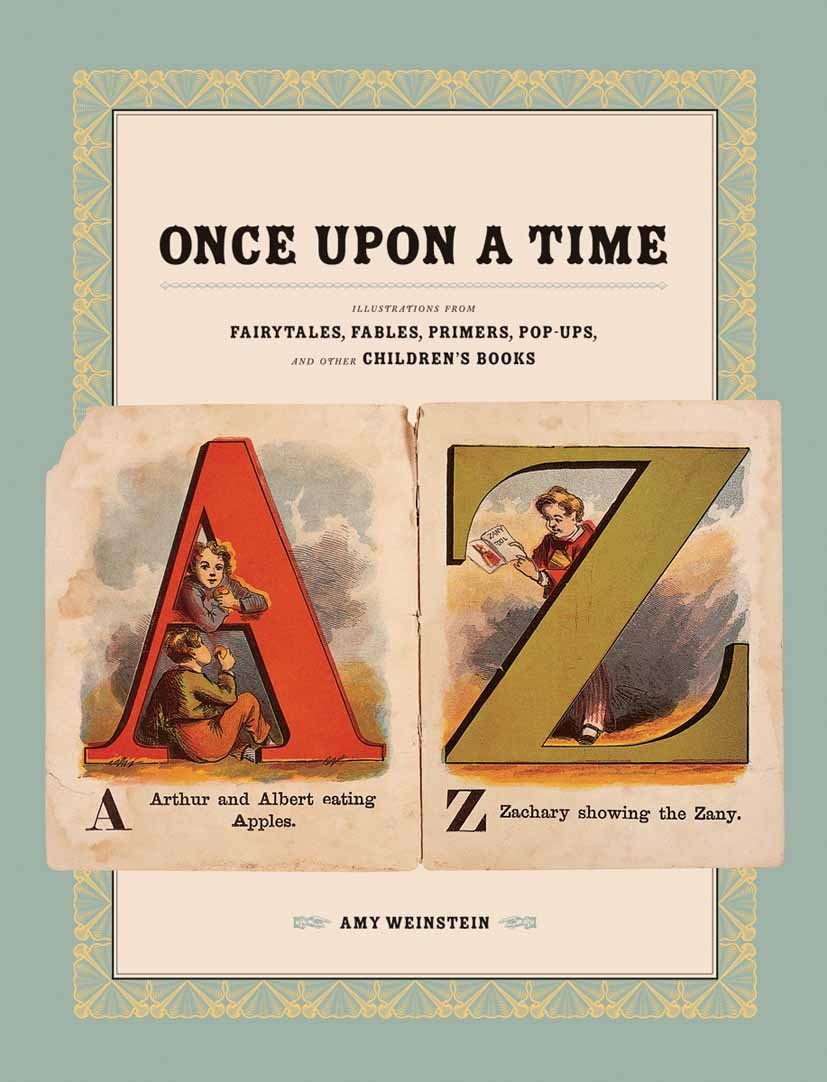| 书目名称 | Once Upon a Time | | 副标题 | Illustrations from F | | 编辑 | Amy Weinstein | | 视频video | http://file.papertrans.cn/702/701343/701343.mp4 | | 图书封面 |  | | 描述 | the 1905 obituary of John McLoughlin, Jr. , in Publisher’s Weekly declared,“Every child in the land knows the McLoughlin books. . . . In fact,the history in the last decade of colored toy books for youngsters is the history of Mr. McLoughlin and his firm. ” McLoughlin Brothers held an important role in the children’s book publishing world. In fact,as my husband, the late Arthur Liman, and I discovered in our research, the firm was instrumental in creating it. The publisher’s preeminence in the field was the result of its entrepreneurial spirit,creativity,competiti- ness,foresight,and perseverance How was it,then,that Arthur—an intense attorney with character- tics similar to that of McLoughlin Brothers—ended up sitting behind a collectors’ convention booth selling children’s books and games,all the while reading a brief? Or charging at lightning speed,flashlight in hand, amidst rain and mud in the early morning hours,through a remote co- try antiques fair? Or mysteriouslyvanishing froma critical corporate c- ference to negotiate,instead,with a slightly disheveled dealer waiting in his office,or to aggressively bid by phone at a London auction? And what were all those mail ordercata | | 出版日期 | Book 2005Latest edition | | 关键词 | Children‘s literature; Kinderbuchillustration; antiques; creativity; flash; history; history of literature | | 版次 | 1 | | doi | https://doi.org/10.1007/1-56898-660-2 | | copyright | Princeton Architectural Press 2005 |
The information of publication is updating

|
|
 |Archiver|手机版|小黑屋|
派博传思国际
( 京公网安备110108008328)
GMT+8, 2025-11-12 07:21
|Archiver|手机版|小黑屋|
派博传思国际
( 京公网安备110108008328)
GMT+8, 2025-11-12 07:21


